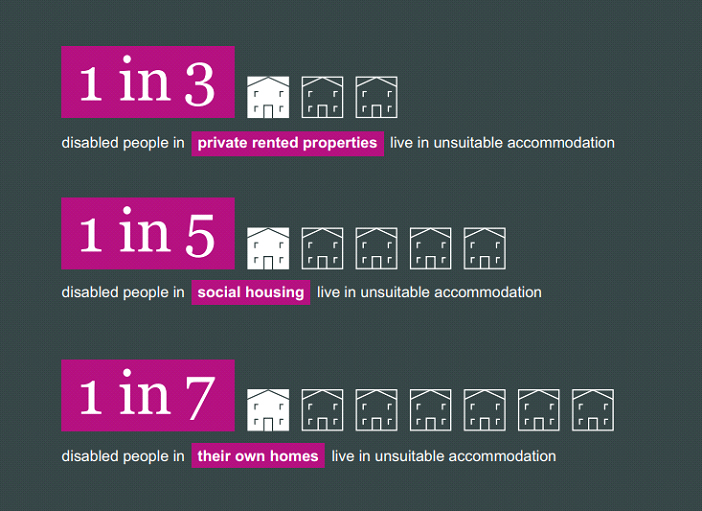Accessible Homes of the Future
By 2025, there are projected to be 8.2 million households in England headed by someone who is 65 years and over– an increase of 23% from 2015. And the number of households where the oldest person is 85 and over is growing faster than any other age group. By 2025 there are projected to be 1.5 million such households – a huge increase of 54% from 2015.
Disability figures rise with age, due to the tiredness and age of the body. 45% of adults over state pension age are now classified as disabled compared to 15% of working adults. Of the younger ages, around 6% of children are disabled, requiring care and assistance by their parents.

Of the 11 million disabled people in the UK, only 17% were born with impairments. This means that most people acquire disabilities whilst they are working and must learn to live differently than they did previous to their disability. Yet there are fortunately a multitude of mobility and disability aids available to anyone and everyone with mobility or disability issues.
The National Institute on Ageing reports that six out of every 10 falls happen at home.
So with this ageing population, how can we safeguard future homes? And what sort of housing or accessories do these extra million households need?
A new survey by OnePoll for the Smart Home Forum found that 21% of people thought that homes of the future would have robot servants, when it’s more likely that the house itself will become the robot. The number of people with a “smart device” in the home has rocketed to 43%, up from 27% in 2017.
Explore The Home
Click on the below interactive house, to find out about future trends on all things accessibility in the home.
